当前位置:网站首页>STM32 learning record: play with keys to control buzzer and led
STM32 learning record: play with keys to control buzzer and led
2022-07-06 15:32:00 【Bitter tea seeds】
List of articles
STM32F103ZE: Punctual atomic elite board , Call the library to write independent keys , Control buzzer and LED.
List of articles
Preface
First call the library to write the control program of independent keys , Then the bit operation is carried out through the bit library encapsulated in advance , For buzzer and LED Compiling .
One 、 Yes key.c Compiling
Look at the schematic 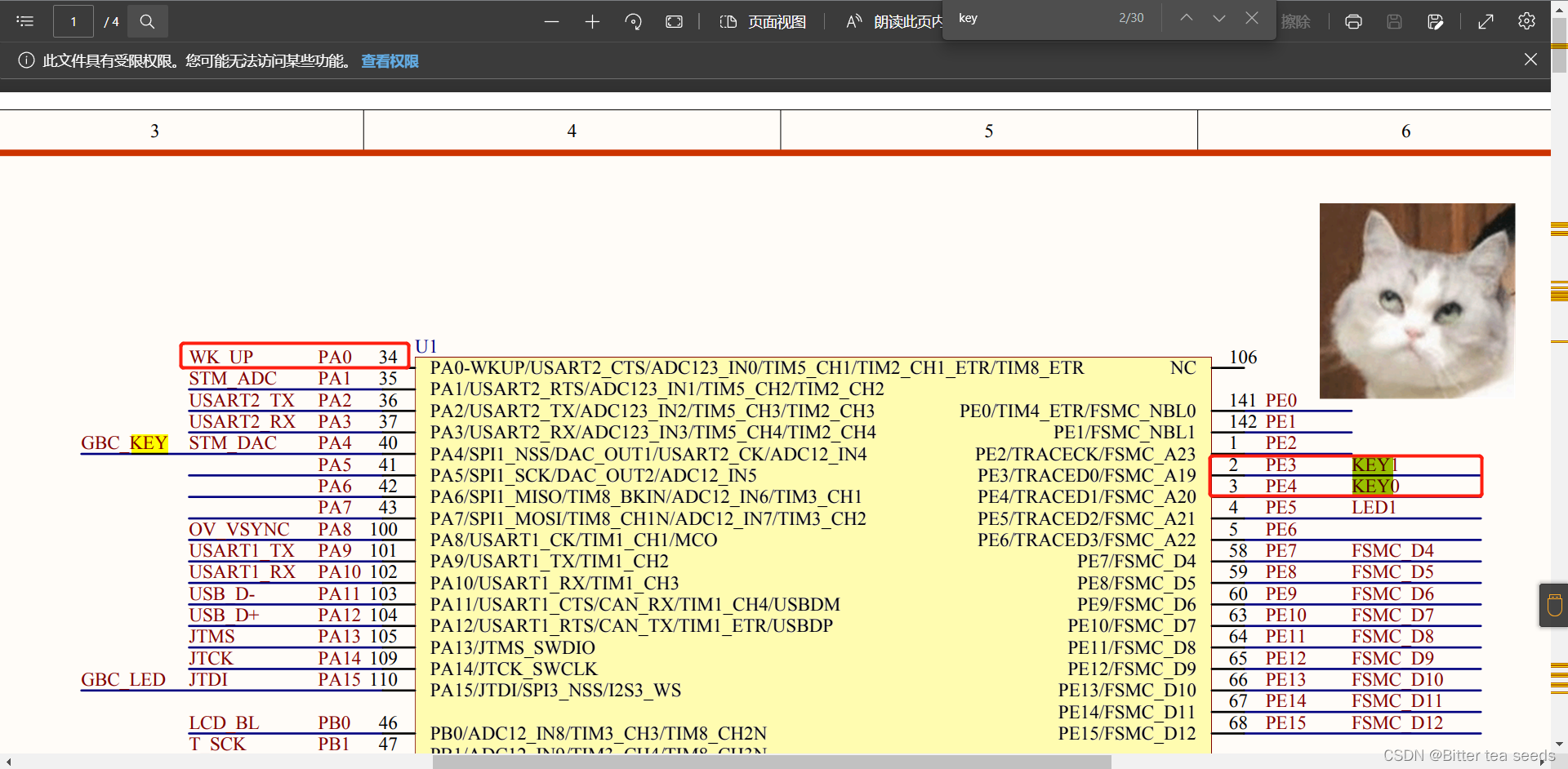
You can find , Key KEY_UP stay PA0 Pin 、KEY0 stay PE4、KEY1 stay PE3;
1. to key.h The creation of a header file
The procedure is as follows
#ifndef __key_H
#define __key_H
#include "sys.h"
#define KEY0 GPIO_ReadInputDataBit(GPIOE,GPIO_Pin_4)
#define KEY1 GPIO_ReadInputDataBit(GPIOE,GPIO_Pin_3)
#define KEY_UP GPIO_ReadInputDataBit(GPIOA,GPIO_Pin_0)
#define KEY0_PRESS 1
#define KEY1_PRESS 2
#define KEYUP_PRESS 3
void KEY_Init(void);
u8 KEY_Scan(u8);// Scan function
#endif
2.key.c The program on
Click the library encapsulated in advance , find gpio.c file 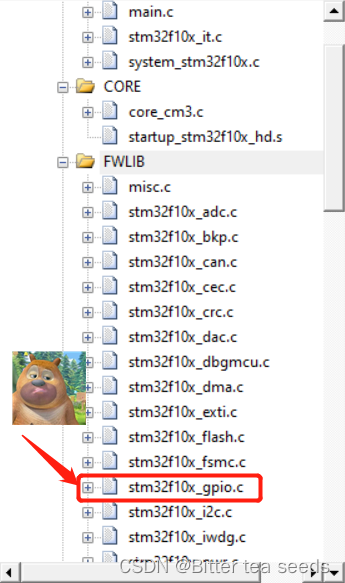
GPIO Initialization and RCC The enabling function is gpio.h and rcc.h in , Double click to open them 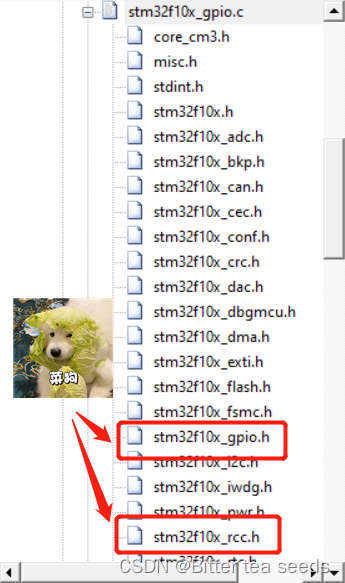
Find the function to use
GPIO Initialization function 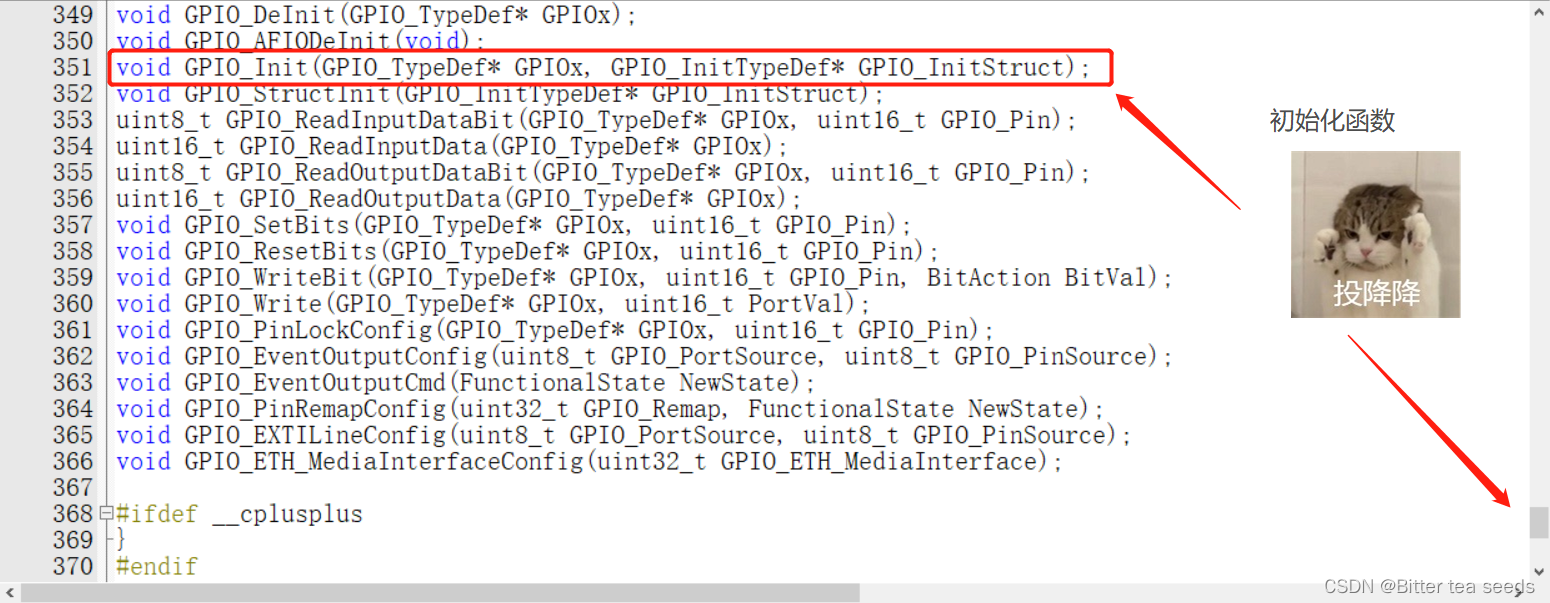
RCC->APB2 Enable function 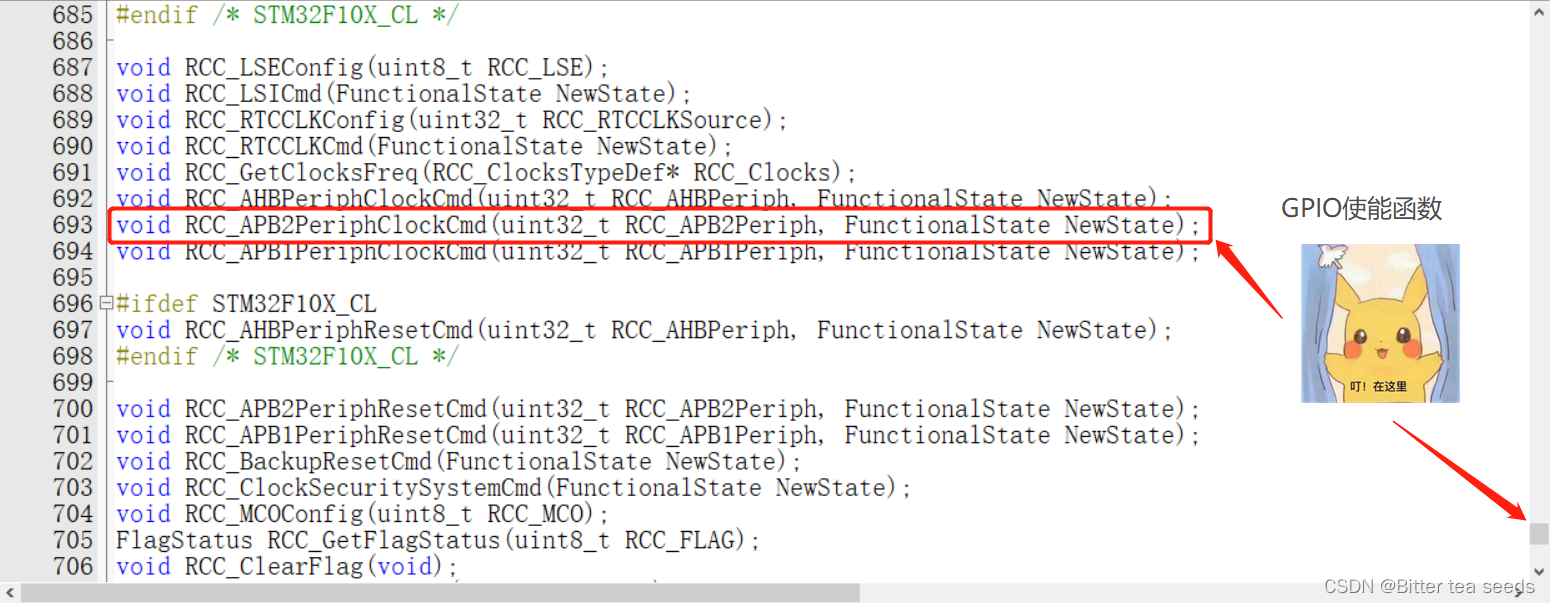
KEY_Init Initialize the function program
void KEY_Init(void)
{
GPIO_InitTypeDef GPIO_InitStruct;//
RCC_APB2PeriphClockCmd(RCC_APB2Periph_GPIOA|RCC_APB2Periph_GPIOE,ENABLE);// Can make GPIOA、GPIOE
GPIO_InitStruct.GPIO_Pin=GPIO_Pin_3|GPIO_Pin_4;// port 3、4
GPIO_InitStruct.GPIO_Mode=GPIO_Mode_IPU;// Pull up mode
GPIO_Init(GPIOE,&GPIO_InitStruct);//GPIOE initialization
GPIO_InitStruct.GPIO_Pin=GPIO_Pin_0;
GPIO_InitStruct.GPIO_Mode=GPIO_Mode_IPD;// Drop down mode
GPIO_Init(GPIOA,&GPIO_InitStruct);
}
You can see , These two functions are used , The rest are selected on this basis “ To configure ”, See what Chuan Shen is , Just configure it .
KEY_Scan() Key scan function
key_up It's a static parameter , keep key_up++,mode It's a parameter , It is used to determine the mode of keys , Is a continuous key , Or just one button ( Only press once ); And mode by 0 continuity ,mode by 1 Only one
u8 KEY_Scan(u8 mode)// Key scan function
{
static u8 key_up=1;
if(mode)key_up=1;// Press continuously
if(key_up&&(KEY0==0||KEY1==0||KEY_UP==1))
{
delay_ms(10);
key_up=0;
if(KEY0==0)return KEY0_PRESS;
else if(KEY1==0)return KEY1_PRESS;
else if(KEY_UP==1)return KEYUP_PRESS;
}
else if(KEY0==1&&KEY1==1&&KEY_UP==0)key_up=1;
return 0;
}
Two 、 Yes main.c Programming
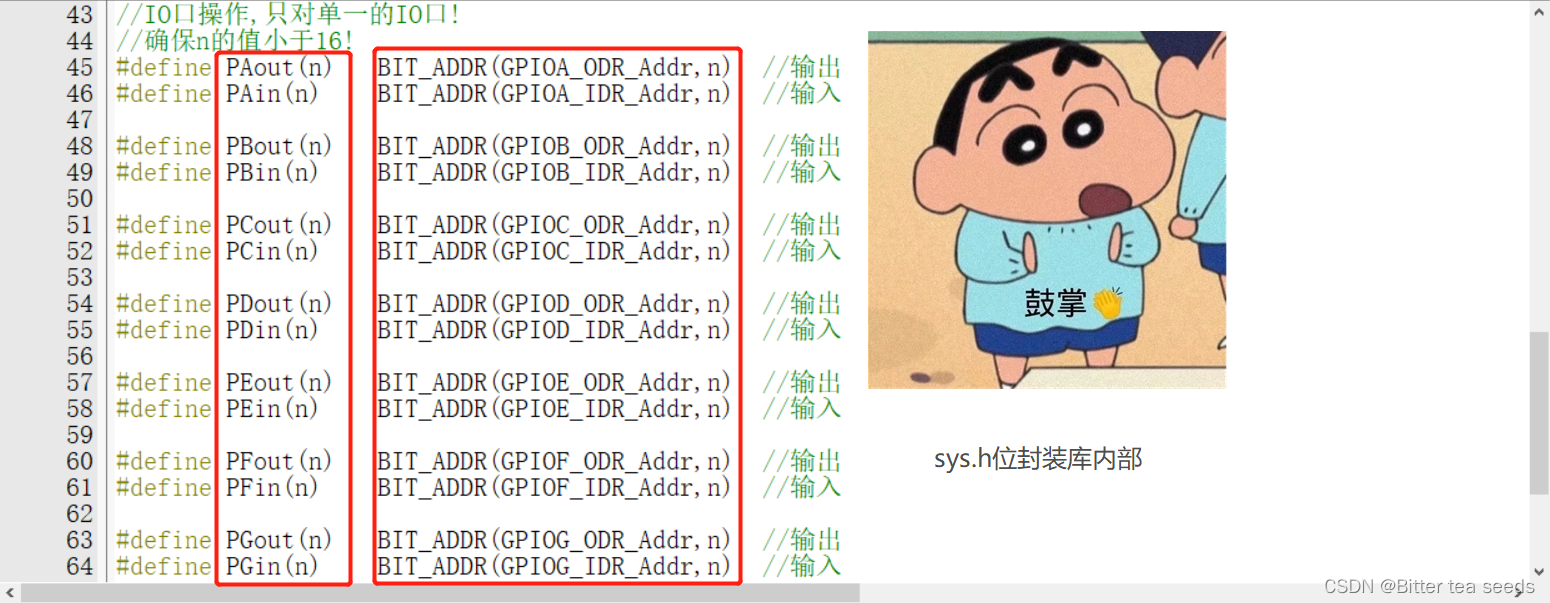
1.LED、BEEP Define header file
LED.h
The code is as follows ( Shown ):
#ifndef __led_H
#define __led_H
#include "sys.h"
#define LED0 PBout(5)// PB5
#define LED1 PEout(5)// PE5
void LED_Init(void);
#endif
BEEP.h
The code is as follows ( Shown ):
#ifndef __BEEP_H
#define __BEEP_H
#include "sys.h"
#define BEEP PBout(8) // BEEP, Buzzer interface
void BEEP_Init(void); // initialization
#endif
2.main.c
The code is as follows ( Shown ):
#include "led.h"
#include "delay.h"
#include "key.h"
#include "sys.h"
#include "beep.h"
int main(void)
{
u8 key=0;
delay_init();
LED_Init();
BEEP_Init();
KEY_Init();
LED0=0;
while(1)
{
key=KEY_Scan(0); // Get the key value
if(key)
{
switch(key)
{
case KEYUP_PRESS:BEEP=!BEEP;break;
case KEY1_PRESS:LED1=!LED1;break;
case KEY0_PRESS:LED0=!LED0;LED1=!LED1;break;
}
}else delay_ms(10);
}
}
3、 ... and 、 Macro definition calls library method
1.key.h The header file
The code is as follows , Shown
#ifndef __KEY_H
#define __KEY_H
#include "stm32f10x.h"
// Pin definition
#define KEY1_GPIO_CLK RCC_APB2Periph_GPIOE
#define KEY1_GPIO_PORT GPIOE
#define KEY1_GPIO_PIN GPIO_Pin_3
#define KEY0_GPIO_CLK RCC_APB2Periph_GPIOE
#define KEY0_GPIO_PORT GPIOE
#define KEY0_GPIO_PIN GPIO_Pin_4
#define KEY_UP_GPIO_CLK RCC_APB2Periph_GPIOA
#define KEY_UP_GPIO_PORT GPIOA
#define KEY__UP_GPIO_PIN GPIO_Pin_0
#define KEY_ON 1
#define KEY_OFF 0
void Key_GPIO_Init(void);
uint8_t Key_Scan(GPIO_TypeDef* GPIOx,uint16_t GPIO_Pin);
#endif
2.key.c Programming
The code is as follows , Shown
#include "stm32f10x.h"
#include "key.h"
void Key_GPIO_Init(void)
{
GPIO_InitTypeDef GPIO_InitStructure;
/* Turn on the clock of the key port */
RCC_APB2PeriphClockCmd(KEY0_GPIO_CLK|KEY1_GPIO_CLK|KEY_UP_GPIO_CLK,ENABLE);
// Select the pin of the key
GPIO_InitStructure.GPIO_Pin = KEY0_GPIO_PIN;
// Set the pin of the key as pull-up input
GPIO_InitStructure.GPIO_Mode = GPIO_Mode_IPU;
// Use the structure initialization key
GPIO_Init(KEY0_GPIO_PORT, &GPIO_InitStructure);
// Select the pin of the key
GPIO_InitStructure.GPIO_Pin = KEY1_GPIO_PIN;
// Set the pin of the key as pull-up input
GPIO_InitStructure.GPIO_Mode = GPIO_Mode_IPU;
// Use the structure initialization key
GPIO_Init(KEY1_GPIO_PORT, &GPIO_InitStructure);
// Select the pin of the key
GPIO_InitStructure.GPIO_Pin = KEY__UP_GPIO_PIN;
// Set the pin of the key as the pull-down input
GPIO_InitStructure.GPIO_Mode = GPIO_Mode_IPD;
// Use the structure initialization key
GPIO_Init(KEY_UP_GPIO_PORT, &GPIO_InitStructure);
}
uint8_t Key_Scan(GPIO_TypeDef* GPIOx,uint16_t GPIO_Pin)
{
/* Check if a key is pressed */
if(GPIO_ReadInputDataBit(GPIOx,GPIO_Pin) == KEY_ON )
{
/* Wait for the key to release */
while(GPIO_ReadInputDataBit(GPIOx,GPIO_Pin) == KEY_ON);
return KEY_ON;
}
else
return KEY_OFF;
}
3.main.c Programming
The code is as follows , Shown
#include "led.h"
#include "key.h"
int main(void)
{
/* LED Port initialization */
LED_Init();
LED0=0;
/* Key port initialization */
Key_GPIO_Init();
/* Turn the key state , If the key is pressed, it will be reversed LED */
/* Press in turn KEY0、KEY1*/
while(1)
{
if( Key_Scan(KEY1_GPIO_PORT,KEY1_GPIO_PIN) == KEY_ON )
{
/*LED1 reverse */
LED1=!LED1;
}
if( Key_Scan(KEY0_GPIO_PORT,KEY0_GPIO_PIN) == KEY_ON )
{
/*LED0 reverse */
LED0=!LED0;
}
}
}
Four 、 Experimental phenomena
Press KEY_UP The buzzer is on , Press again to close ,KEY1 control LED1( A green light ) The flip state of ,KEY0 control LED1 and LED0 The flip state of .
Play with the key to control the buzzer and LED
边栏推荐
- Pedestrian re identification (Reid) - Overview
- Should wildcard import be avoided- Should wildcard import be avoided?
- Brief introduction to libevent
- Introduction to variable parameters
- MySQL数据库(三)高级数据查询语句
- 線程及線程池
- MySQL数据库(五)视 图 、 存 储 过 程 和 触 发 器
- Collection集合与Map集合
- How to do agile testing in automated testing?
- LeetCode#412. Fizz Buzz
猜你喜欢
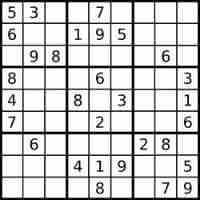
LeetCode#36. Effective Sudoku
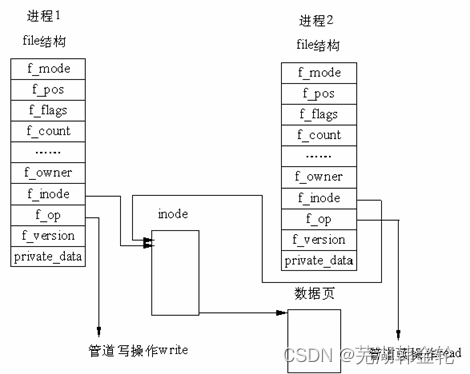
Lab 8 file system
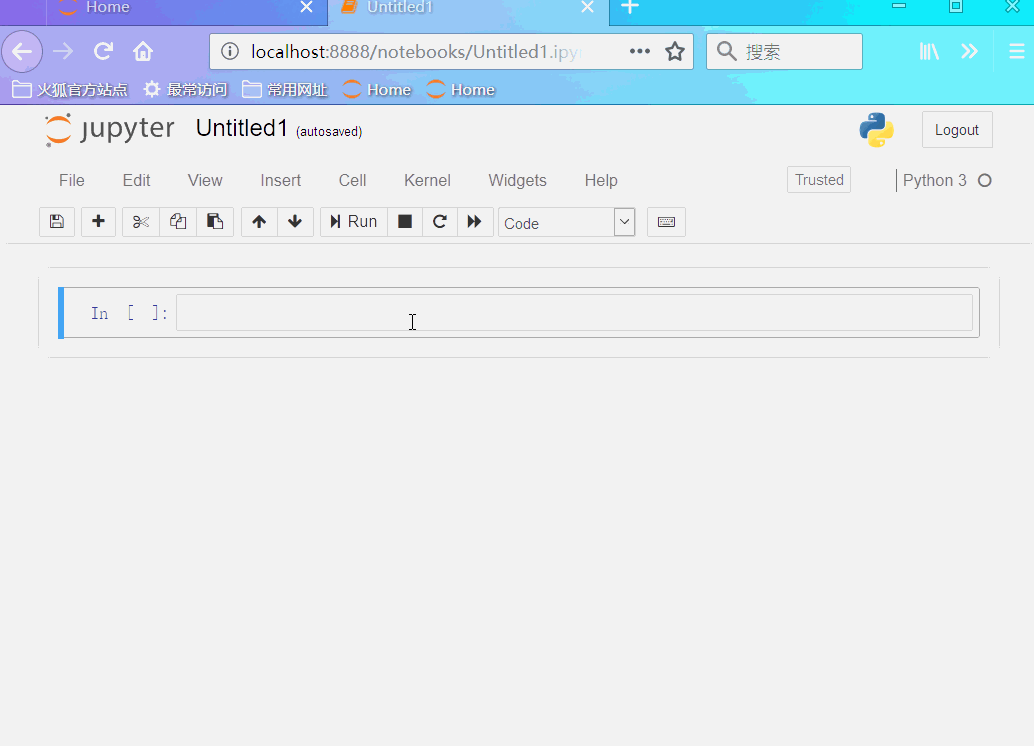
Jupyter installation and use tutorial

Nest and merge new videos, and preset new video titles
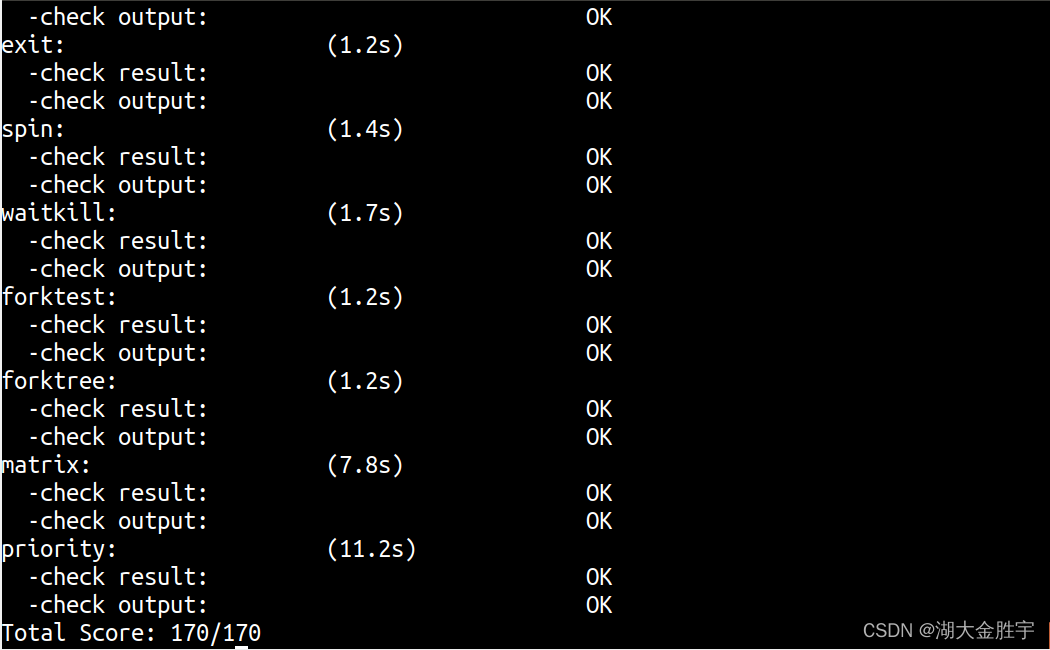
ucore lab 6
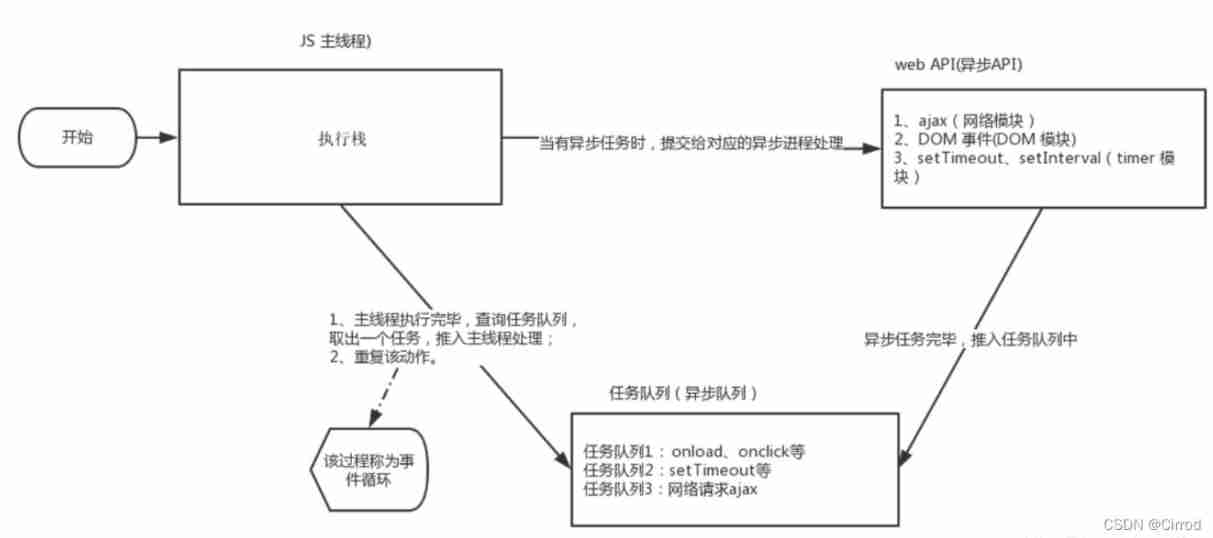
JS --- BOM details of JS (V)
Automated testing problems you must understand, boutique summary

软件测试有哪些常用的SQL语句?
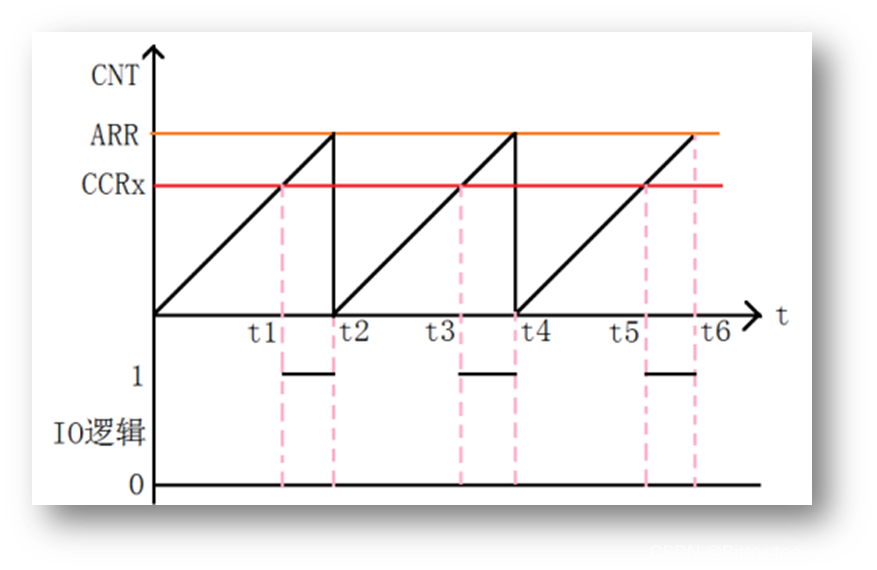
学习记录:如何进行PWM 输出
Knowledge that you need to know when changing to software testing
随机推荐
Preface to the foundations of Hilbert geometry
JS --- detailed explanation of JS DOM (IV)
Capitalize the title of leetcode simple question
MySQL数据库(一)
转行软件测试必需要知道的知识
Programmers, how to avoid invalid meetings?
Mysql database (IV) transactions and functions
Which version of MySQL does php7 work best with?
[C language] twenty two steps to understand the function stack frame (pressing the stack, passing parameters, returning, bouncing the stack)
C4D quick start tutorial - Introduction to software interface
STM32学习记录:LED灯闪烁(寄存器版)
Learning record: Tim - capacitive key detection
软件测试行业的未来趋势及规划
Should wildcard import be avoided- Should wildcard import be avoided?
Pedestrian re identification (Reid) - Overview
CSAPP Shell Lab 实验报告
Interview answering skills for software testing
MySQL数据库(五)视 图 、 存 储 过 程 和 触 发 器
ucore lab5
Crawler series (9): item+pipeline data storage

